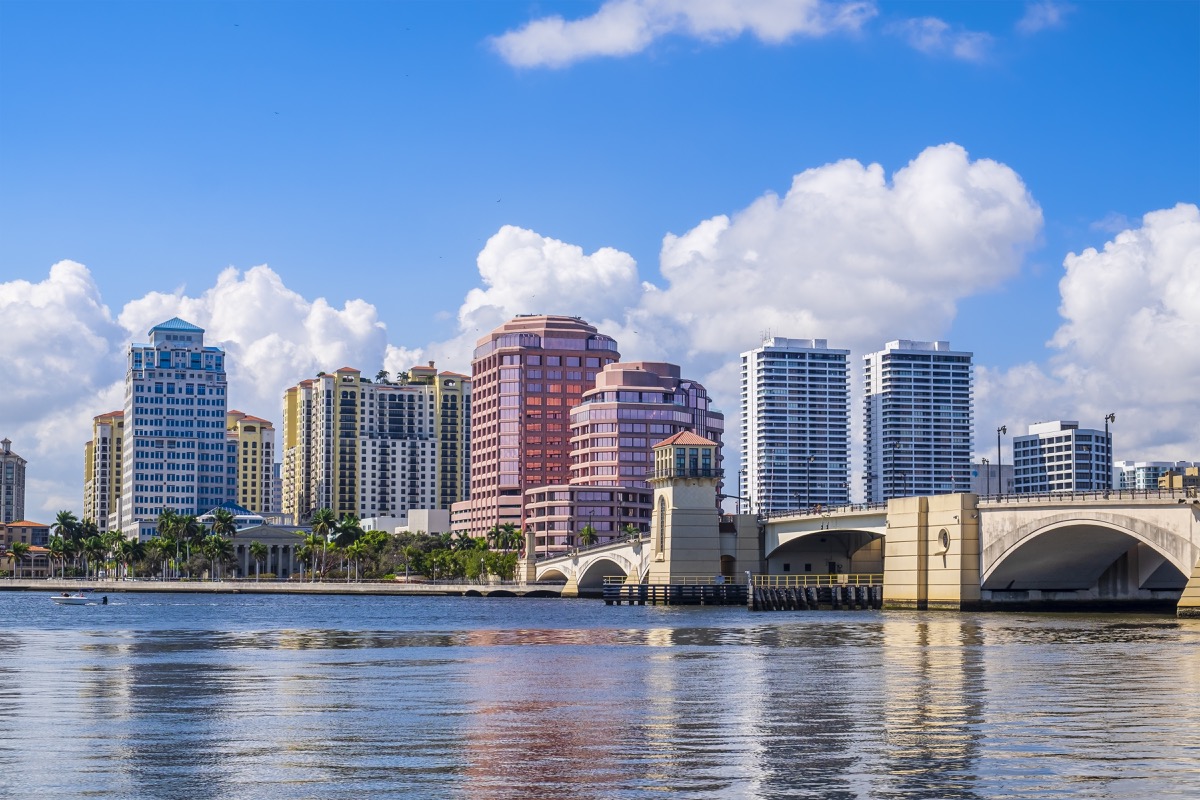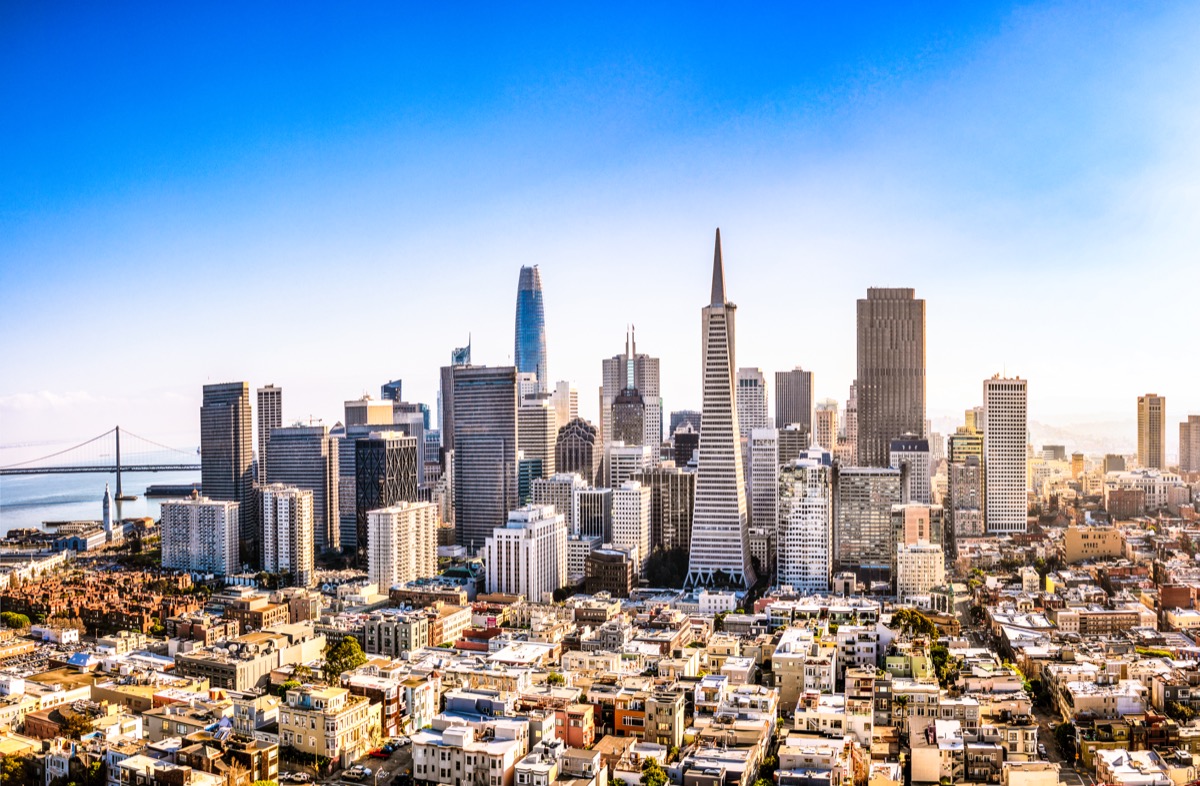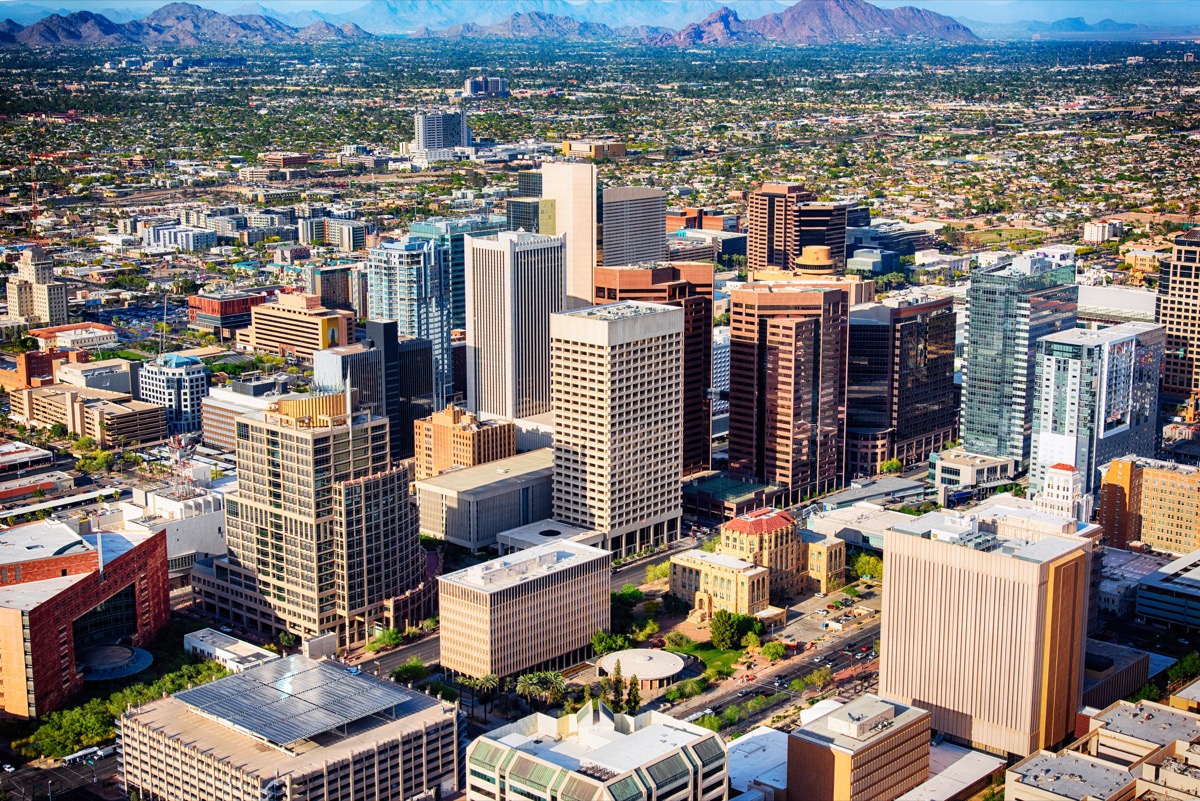“A couple of weeks ago, as we went into Labor Day, we were talking about exactly this—and our worry that coming out of Labor Day, as we’ve seen after Memorial Day and July Fourth, we’d see an increase,” Ashish Jha, MD, dean of the Brown University School of Public Health, told CNN. Now, those forecasts have brought states that were previously struggling back into a place they likely never wanted to be again. Read on to find out which states are back to fighting rising COVID cases. And for more on places that are giving top medical experts cause for concern, check out These Are the 11 States With “Deeply Concerning” COVID Numbers. Things are beginning to look gloomy again in the Sunshine State. Last week saw a jump in the average number of new daily cases, spiking from 11.6 per 100,000 people on Sept. 14 to 13.1 just seven days later, according to Covid Act Now. Local health experts attribute the spike to college campuses that have welcomed back an influx of students, reporting that young adults aged 15 to 24 are responsible for at least 22 percent of the new cases. Still, state officials are moving to begin reopening businesses in some of the hardest-hit counties. And for more on the types of businesses that could create a coronavirus outbreak, check out Dr. Fauci Says These 3 Places Must Close to Avoid More COVID Surges. Just a few short months ago, California was seeing coronavirus spread so quickly that it became one of the epicenters of the pandemic. It’s seen more overall cases than any other state in the U.S. with over 787,000 in total. Luckily, cases began to steadily drop throughout August after Gov. Gavin Newsom closed down bars, gyms, and indoor dining for the second time. But cases have begun to tick back up in the Golden State, from 8.4 daily new cases per 100,000 on Sept. 13 to 8.9 on Sept. 20, Covid Act Now reports. Numbers are especially jumping in Los Angeles County—potentially due to Labor Day gatherings, experts say. The Lone Star State has come a long way since June, when COVID cases there were spiking at an alarming rate. But even with safety measures still in place such as keeping bars closed, Texas is seeing coronavirus climb anew: The state’s recent numbers show that there was an average of 4,646 new cases per day, which is an increase of 13 percent from two weeks earlier, according to The New York Times. And for more on areas struggling with coronavirus, check out These 4 States Just Had Their Biggest COVID Spikes of the Whole Pandemic.ae0fcc31ae342fd3a1346ebb1f342fcb Throughout the summer, Arizona joined Florida, California, and Texas as the worst COVID hotspots in the U.S. But Arizona saw a massive change late in the summer—with Anthony Fauci, MD, going so far as to commend the state in early August for using social distancing and mask mandates to get the numbers in check. However, things have changed slightly: After nearly two months of decreasing cases, Arizona has begun to see cases rise once again, reporting a 61 percent increase in their two-week daily new case average. Luckily, according to Covid Act Now, the positive test rate in the state remains only moderately bad at 6.3 percent with an infection rate of 1.05, meaning the virus is still spreading, but not particularly quickly. And for more on COVID, sign up for our daily newsletter.



